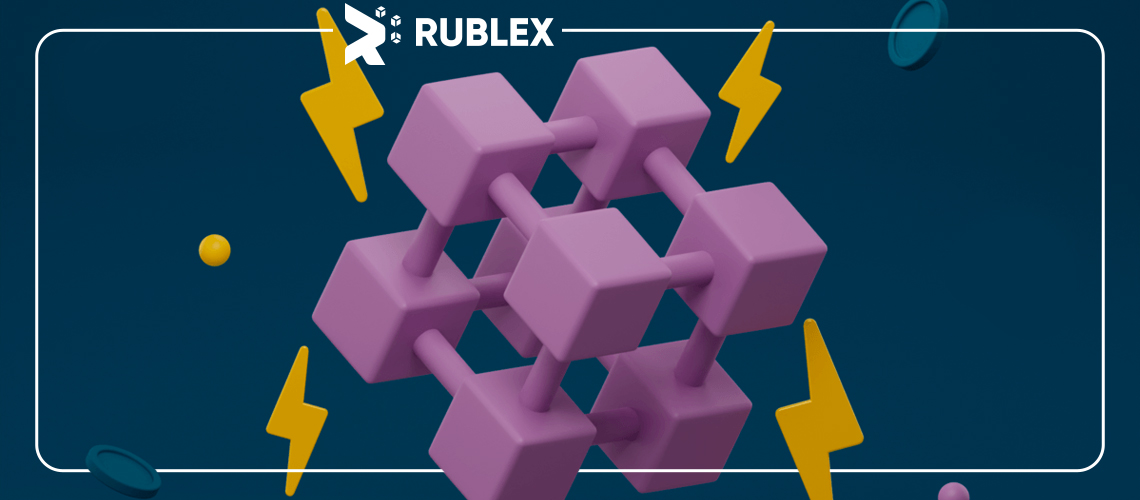Operating a blockchain can be complex, but a solution lies in a user-centric blockchain networks that leverages lightweight full nodes.
Blockchain technology evolves, offering enhanced user governance and digital interactions. To promote decentralization, we must prioritize reducing barriers for individuals to run nodes. Nodes should be lightweight and user-friendly, enabling broader participation without complex technical requirements.
Key obstacles encountered by blockchain networks
Blockchain’s foundational purpose is to bestow governance authority upon its participants rather than central entities. While it delivers remarkable advantages in various applications, such as Bitcoin’s role in peer-to-peer asset transfers, many contemporary blockchain networks present a formidable challenge for newcomers seeking to engage.
Becoming a network participant typically demands running a full blockchain node and becoming a validator. History has revealed that operating a validator node necessitates considerable technical expertise, which even the tech-savvy may lack, in addition to substantial investments in costly hardware.
Additionally, users must host the complete blockchain on their systems, running a full node around the clock. Imagine having the entire Ethereum blockchain downloaded on your computer, necessitating vast storage capacity and high-quality internet connectivity for efficient operation.
Furthermore, those aspiring to be active participants in a blockchain quickly realized that, aside from the technical complexities, blockchains and decentralized applications prioritize utility over user-friendliness. User interfaces intended to connect technology with user experience often lack simplicity, further elevating the entry barrier for average users.
Technological advancements and community input are driving the development of more user-friendly blockchain systems. Overcoming these challenges in the industry can create a more inclusive ecosystem and boost adoption.
Ethanos is innovating by optimizing blockchain full nodes, focusing on active accounts for verification. This approach reduces the node’s size, making it feasible for average computers and even smartphones to run. Over Protocol, a layer-1 blockchain network, utilizes this approach to offer lightweight and user-friendly full nodes, expanding accessibility to a broader user base, allowing users to participate by running a full node on their personal computers.
The essence of graphical user interfaces (GUIs)
Simplifying nodes and user interfaces are both crucial. Crypto exchanges are popular due to their clean and accessible interfaces, setting an example for blockchain usability. To achieve true decentralization, more people must become validators and run nodes. Downsizing the node alone isn’t enough; user-friendly graphical interfaces (GUIs) are essential.
Improved GUIs, like Over Protocol’s OverNode, a “client for lightweight full node,” simplify the experience with application and mouse control, making it more accessible than traditional command-line node clients.
In a nutshell, a user-centric blockchain needs two essential components: a lightweight full node for personal devices and a user-friendly interface to simplify entry.
When the need for Linux expertise or costly hardware diminishes, users can confidently run nodes and become validators, promoting network decentralization. Expanding the network with newcomers as validators is crucial for meaningful growth in the blockchain ecosystem.





